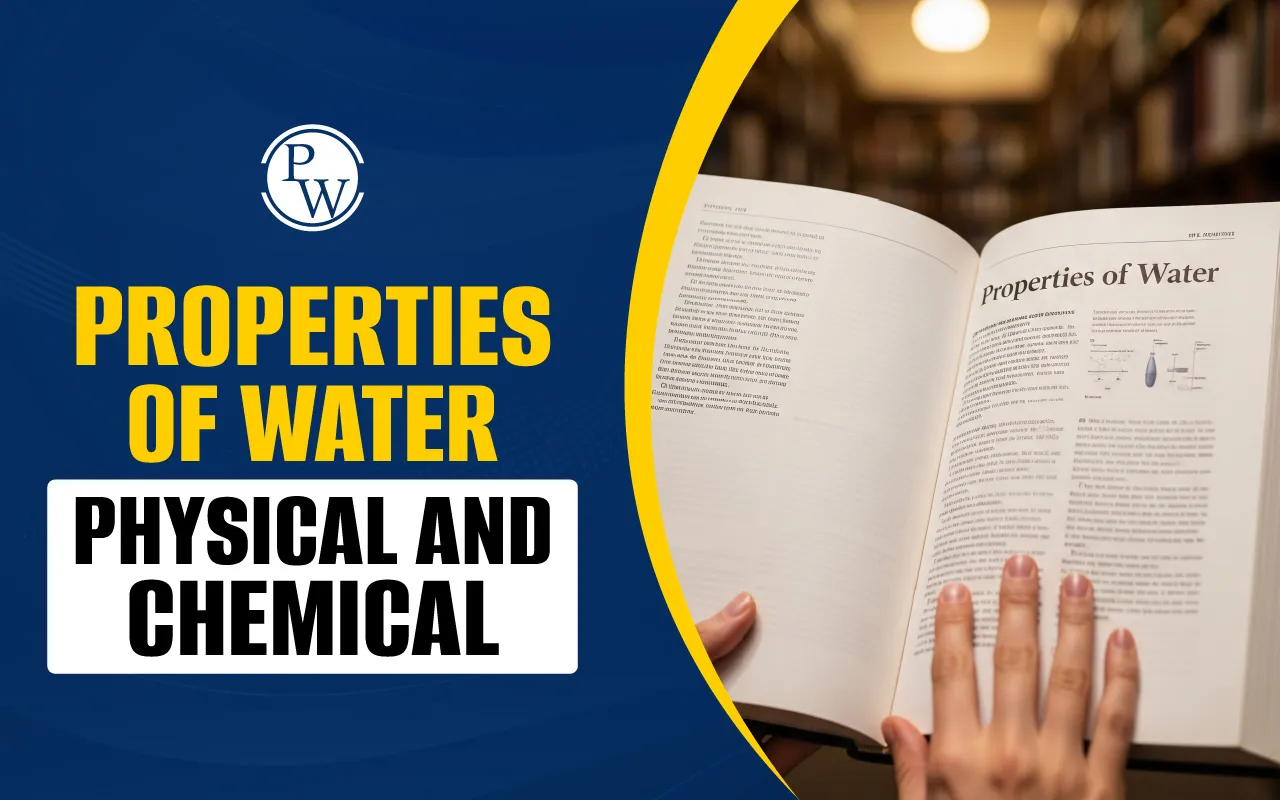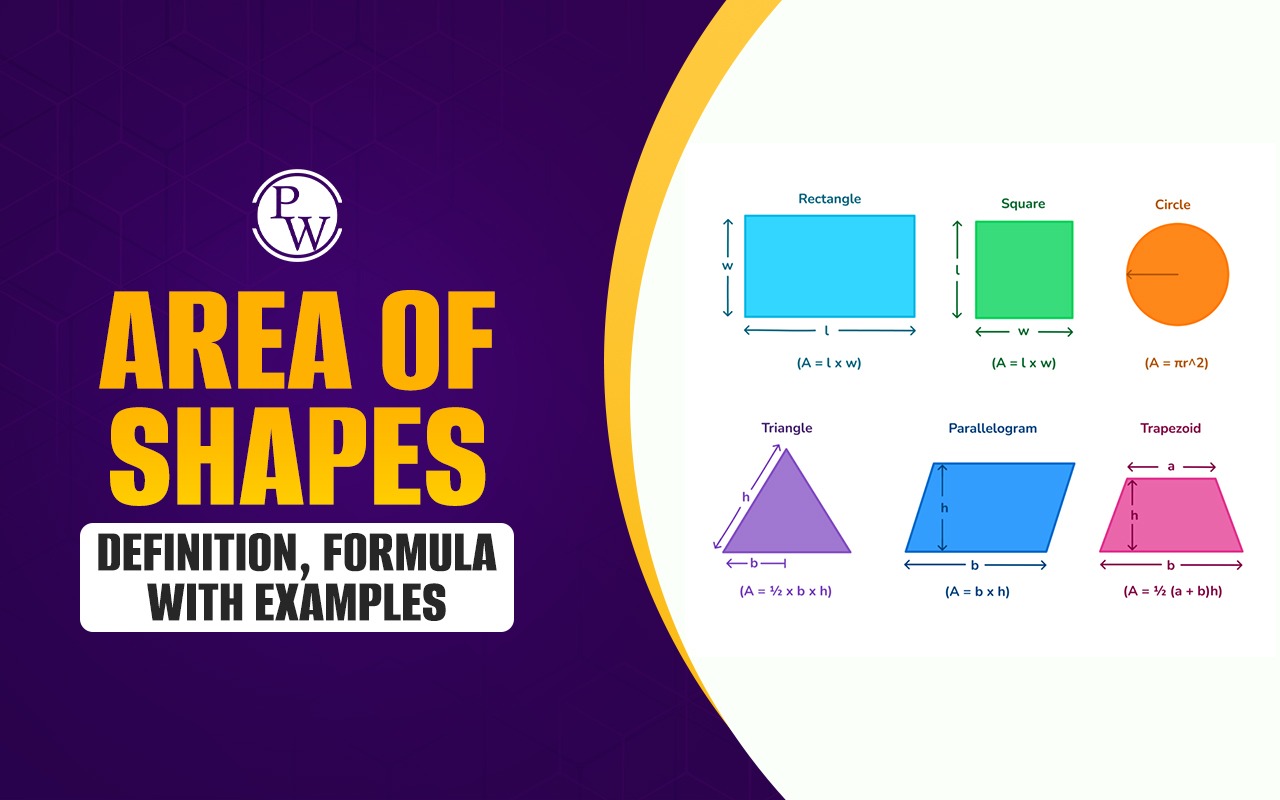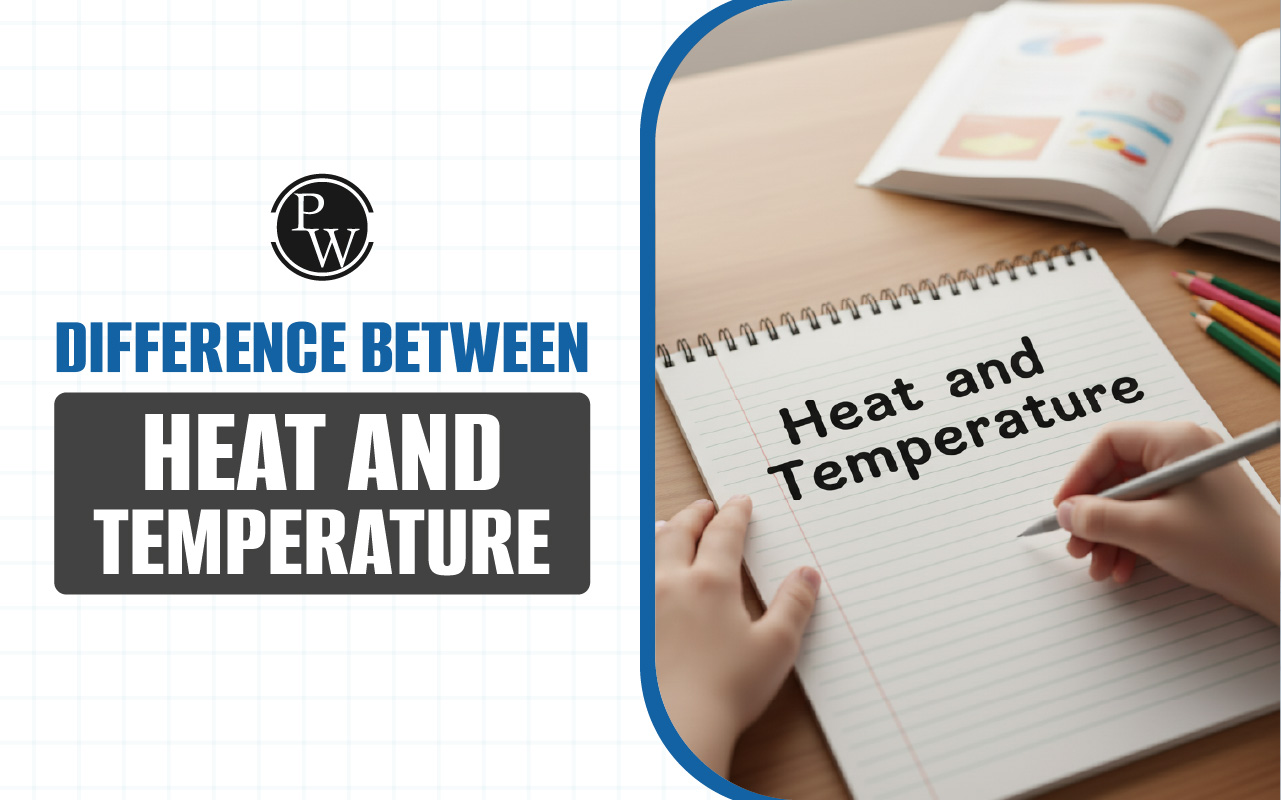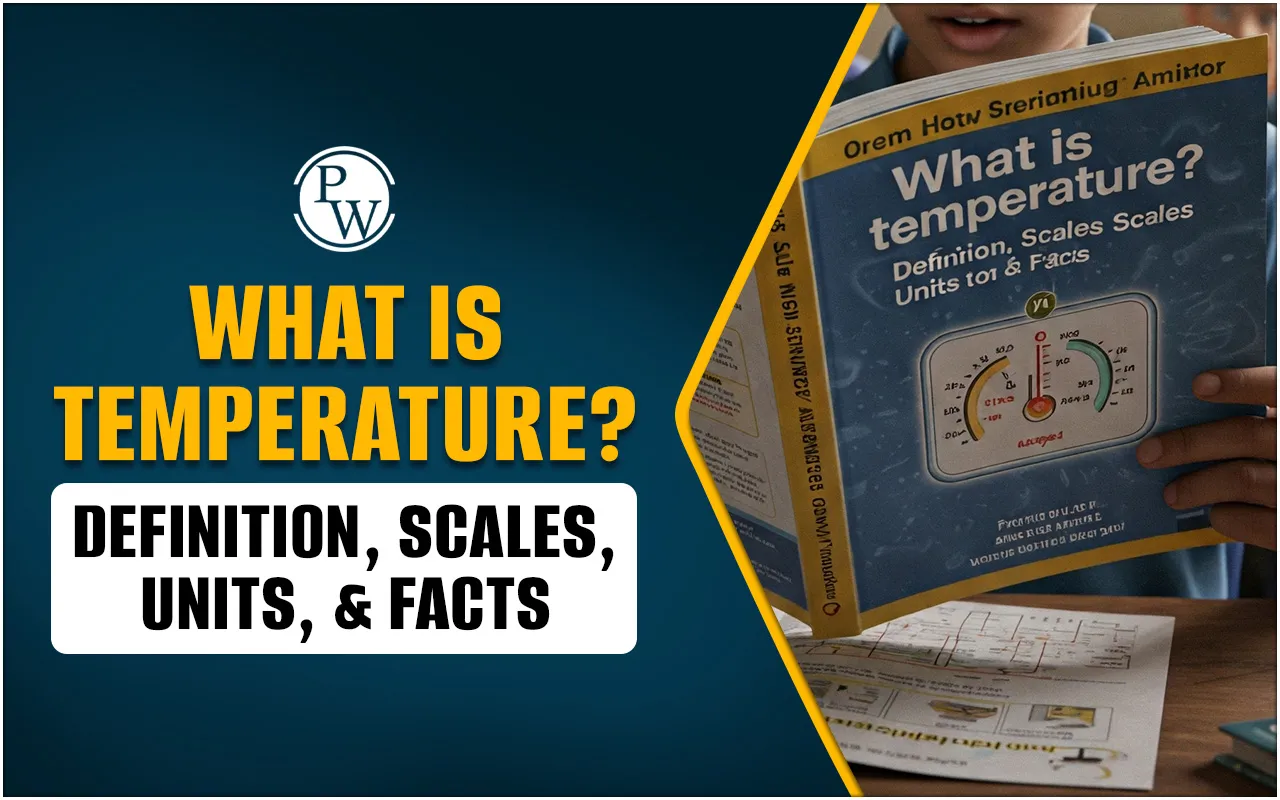
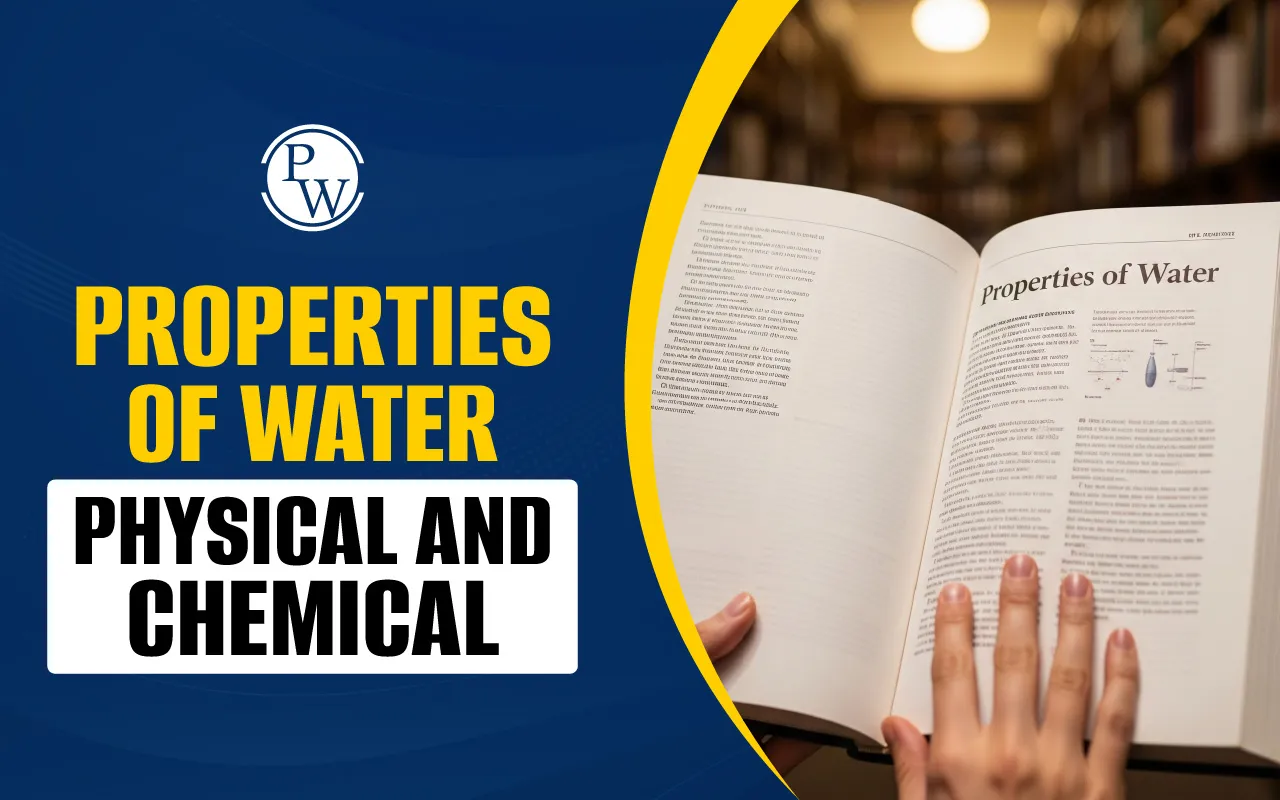
Properties of water: Water is one of the most essential substances for sustaining life on Earth. From drinking purpose to agriculture and industrial uses, water plays a central role in our daily lives. Water is unique as compared to other liquids because of its certain physical and chemical properties. We will take a closer look at the physical features and chemical properties of water, supported with real-life examples.
What is Water?
We can define water as a chemical compound composed of two hydrogen atoms and one oxygen atom. The chemical formula for water is H₂O, where H denotes a hydrogen atom and O denotes an oxygen atom. It means one molecule of water consists of two hydrogen atoms and one oxygen atom, connected by a covalent bond.
Physical Properties of Water
The physical properties of water describe how it appears, feels, and behaves under various physical conditions, without changing its chemical composition. The physical properties are noticeable and measurable characteristics of water. Let’s discuss the physical properties of water:
State of Matter
Water exists in a liquid state at standard temperature and pressure. It has a definite volume but no definite shape. As a liquid, it shows fluidity, meaning it can flow from one place to another.
Change of State
Water can change its state from liquid to solid (ice) and gaseous form (water vapor) under specific conditions. Its easy transition between states plays an important role in Earth’s water cycle. The change of state is a physical change because interconversion is easily possible to bring water into its original form.
Read More: Science Facts Happens in Daily Life
Appearance, Taste, and Odor
Pure water is typically colorless and transparent. It doesn’t have any specific taste or odor. If you experience any particular taste, smell, or color in water, it is due to the presence of impurities or dissolved minerals in the water.
Density
The density of pure water is 1 g/cm³ at 4°C.The density of water reduces when it freezes. That’s why ice floats on water. This physical property of water helps in the survival of aquatic life in colder regions, as ice insulates the water beneath by freezing the top layer.
Boiling and Freezing Points
Water starts boiling at the temperature of 100°C (212°F) at standard atmospheric pressure. It is the boiling point of water. Again, water starts freezing at 0°C (32°F). It is the freezing point of water. These properties of water can vary with changes in pressure. For example, at higher altitudes, where atmospheric pressure is less, water boils at a higher temperature.
Latent Heat Capacity of Water
Water can absorb and release a certain amount of heat while changing its state, without changing its temperature. The heat energy absorbed by water while changing its state from liquid to gaseous (vapor) is called the latent heat of boiling. Similarly, the heat released by water while changing its state to solid (ice) is known as latent heat of freezing.
Surface Tension
Water molecules stick together with a strong cohesive bond, giving water a high surface tension. You must have seen insects walking on water and water droplets in spherical shapes forming on certain surfaces. All these are possible due to the high surface tension property of water.
Solvency Properties
Water is known as the universal solvent because it can dissolve a large variety of substances as compared to any other liquid. This property supports essential life processes, such as transporting nutrients, gases, and waste products throughout the body and within cells of living organisms.
Thermal Conductivity
Water has a thermal conductivity which is less than metals but slightly higher than air. This property of water contributes to low heat transmission and insulating properties and also aids in removing excess heat from mechanical components.
Read More: What is 40 degrees Celsius in Fahrenheit?
Chemical Properties of Water
The chemical properties of water determine how it can react with other substances and how its chemical structure behaves under different conditions. These chemical properties help in explaining many natural processes and conducting industrial operations. Let’s discuss the chemical properties of water:
Neutral Nature
Pure water is a chemically neutral substance. It means it is neither acidic nor basic in nature. Pure water has a pH value of 7.0 at room temperature. The pH value may change due to the presence of impurities in water.
Reactivity with Metals
Water readily reacts with metals like sodium, potassium, and calcium to form metal hydroxides and release hydrogen gas.
Example:
2Na + 2H₂O → 2NaOH + H₂↑
It is an exothermic reaction which generates a large amount of heat.
Role in Photosynthesis
Water is an essential component for photosynthesis in plants. Plants combine water and carbon dioxide in the photosynthesis process to produce glucose and release oxygen as a byproduct.
The chemical reaction of photosynthesis is expressed as
6CO₂ + 6H₂O → C₆H₁₂O₆ + 6O₂
Reaction with Oxides
Water reacts with oxides of metals to form bases. It also reacts with oxides of nonmetals to form acids.
Example:
CaO (calcium oxide) + H₂O → Ca (OH)₂ (base)
SO₂ (sulfur dioxide) + H₂O → H₂SO₃ (acid)
Self-ionization
Water demonstrates ionization properties, when two water molecules react with each other to form hydronium ions and hydroxide ions.
2H₂O → H₃O⁺ + OH⁻
Amphoteric Nature
Water has amphoteric properties, which means it reacts with both acid and base.
Example:
When reacting with a stronger acid like HCl, water acts as a base, accepting a proton to form a hydronium ion (H₃O⁺) and a chloride ion (Cl⁻).
HCl + H₂O → H₃O⁺ + Cl⁻
When reacting with a stronger base like NH₃, water acts as an acid, donating a proton to form an ammonium ion (NH₄⁺) and a hydroxide ion (OH⁻).
NH₃ + H₂O → NH₄⁺ + OH⁻
Also read: Prisms- Definition, Types, Formulas, Examples
Specific Heat Capacity of Water
The specific heat capacity of water is an important property of water. The relatively high specific heat capacity of water (about 4.18 J/g°C) allows absorption of a significant amount of heat by water without any major increase in temperature. This property becomes useful in many conditions, as explained below:
-
Climate Regulation: Oceans absorb heat during the day and release it slowly at night, preventing extreme temperature fluctuations.
-
Human Body Temperature: Water in our bodies absorbs metabolic heat and helps to maintain a stable body temperature.
-
Agricultural Benefits: Water in soil helps adjust to temperature changes, facilitating plant survival and growth
-
Industrial Use: Water is used as a coolant in many industrial applications like engines and reactors due to its high specific heat capacity.
Applications of Physical and Chemical Properties of Water
Water’s diverse physical properties and chemical properties play significant roles across multiple fields, as mentioned below:
Biological Importance
-
Supports life processes by dissolving nutrients, gases, and waste.
-
Facilitates transportation of essential components in living organisms.
Environmental Importance
-
Maintains ecological balance through the water cycle by changing state.
-
Prevents drastic climate shifts by controlling temperature fluctuations.
Industrial Importance
-
Water is used in cooling systems and as a solvent in many industrial processes.
-
It is an essential component for food processing, chemical reactions, and energy production.
Domestic Importance
-
Cooking, cleaning, drinking, and sanitation all depend on water.
-
Processes like boiling water for sterilization highlight its practical uses for health and safety.
Make Science Learning Simple for Your Child with CuriousJr Online Tuition
Are you searching for science classes that truly help your child understand concepts and enjoy the subject?
Many students struggle with science because their basics are not clear. Without a strong foundation, it becomes difficult to follow lessons and stay motivated. CuriousJr solves this problem with live, interactive online science classes where experienced teachers explain every topic in a simple and engaging way.
Each session is supported by two dedicated mentors who guide your child step by step. Lessons use visuals, real-life examples, and fun activities to make learning easy and enjoyable. The aim is to build understanding, boost confidence, and help your child see science as exciting rather than stressful.
Book a demo class today and discover how CuriousJr can turn science into your child’s favourite subject.

